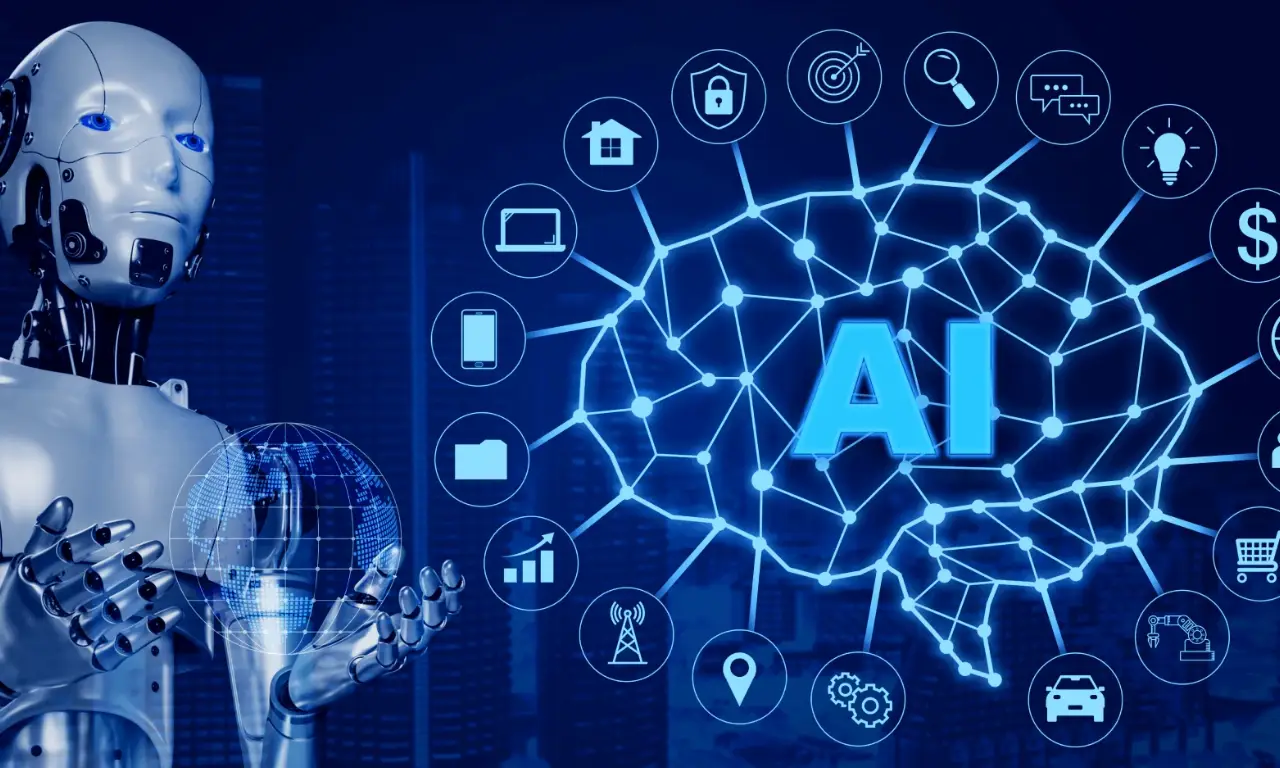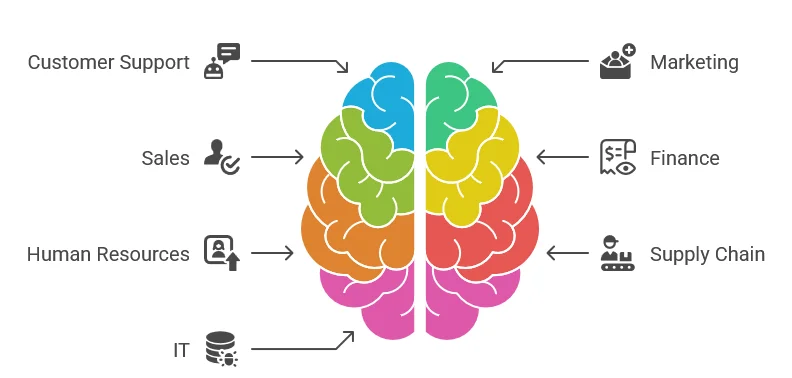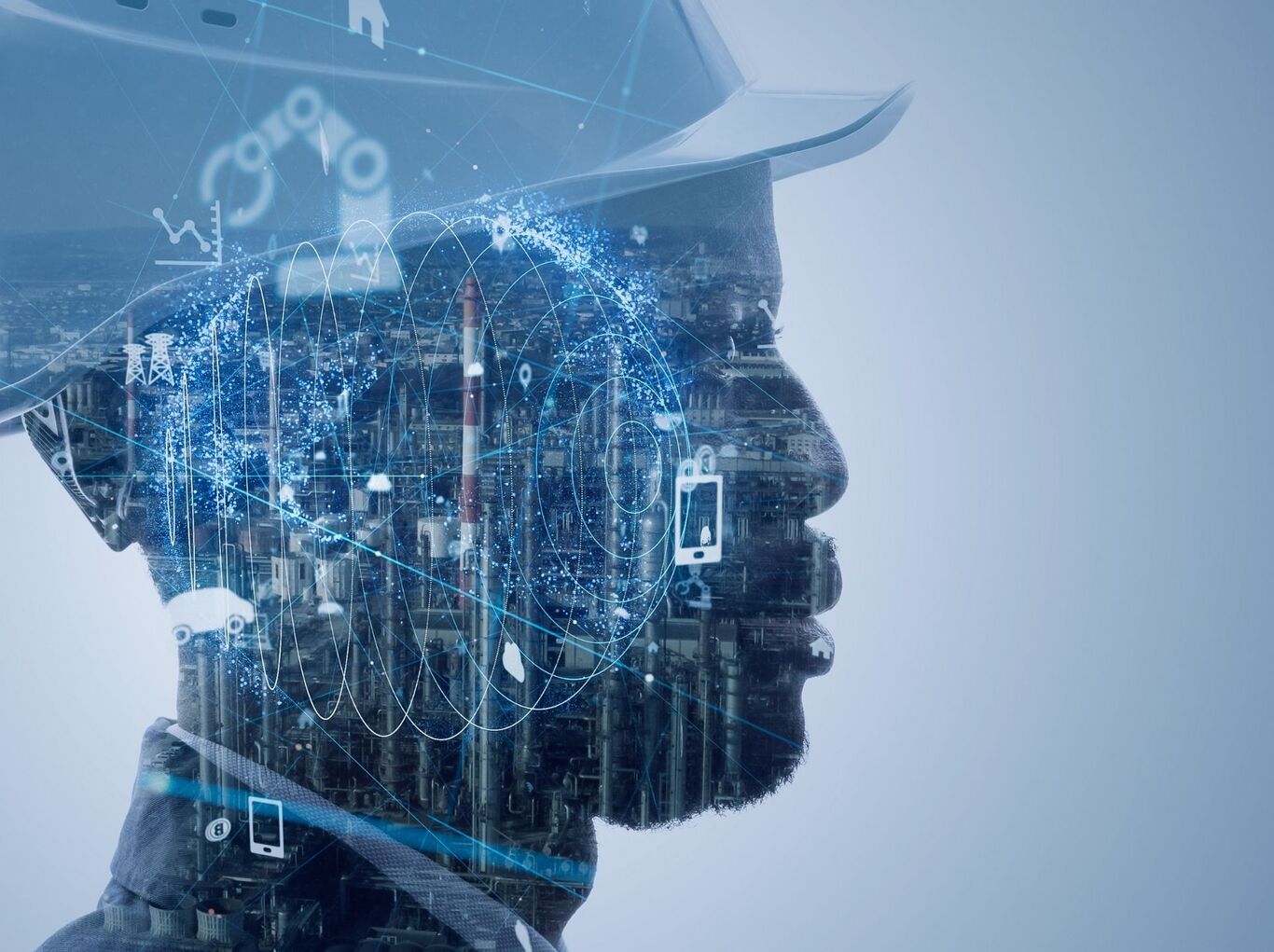Understanding AI Automation: Use Cases, Tools & Trends 2025

Agentic AI is a new kind of artificial intelligence that does more than just follow instructions. It understands your goal, figures out what needs to be done, and takes action on its own.
For instance, you want to take a trip to Italy. Simply give AI a rough idea of what you want. It books your flights, picks the right hotels, arranges your transfers, and even finds fun things to do all by itself.
This smart technology is a major leap forward that’s changing how we travel, work, and manage daily life. These AI automation frameworks don’t wait to be told a task, it gets things done on their own.
What is AI Automation?
AI automation means using smart technologies to do tasks without needing people to do them manually. It started with robots doing basic, repetitive jobs this is called Robotic Process Automation (RPA). as Artificial Intelligence (AI) improved, automation became smarter and could handle more complex tasks across different systems.
When we combine AI with RPA and tools that manage business workflows (called Business Process Management or BPM), it’s known as Intelligent Automation (IA). This helps businesses run smoother by saving time, reducing errors, and making better decisions faster.
How does AI automation work?
AI automation is definitely the future ahead of you. But before we learn what’s next, let’s take a quick look at how AI automation works right now:
Step 1: It starts with data
Every AI-powered operation begins with data that can be:
Structured, like spreadsheets, databases, or transaction logs
Unstructured, like emails, social media posts, PDFs, images, or voice recordings
-
The system first collects the data from different sources.
-
It then cleans the data, removing errors, duplicates, and irrelevant information.
-
Finally, the data is organised into usable formats, such as tables for machine learning automation or tokens for natural language processing.
Step 2: Model training with machine learning automation
Once the data is prepared, it's used to train a model on how to recognise patterns, make predictions, and automate tasks.
Training is done using one of three types of machine learning automation:
- Supervised learning
The model learns from labelled examples, for instance, an email marked as “spam” or “not spam.” It uses these examples to classify new emails automatically.
- Unsupervised learning
The model receives unlabelled data that helps it discover hidden patterns on its own. A common use case is customer segmentation based on buying habits.
- Reinforcement learning
The model learns by trial and error, which means it receives feedback in the form of rewards or penalties. A common example is a self-driving car learning how to stay in its lane by continuously adjusting its behaviour.
Step 3: Deployment into AI workflow automation
Once trained, the model is integrated into a workflow through AI workflow automation where predictions turn into real-time actions.
There are two major components:
- Inference
The model analyses incoming data to make instant predictions. For example, recognising customer queries in a chatbot conversation.
- Automated decision-making
Based on those predictions, the system triggers actions. Suppose it detects a suspicious bank transaction, it may block it and alert a human agent.
These workflows combine data, AI, and business rules to create smooth, end-to-end processes.
Nothing without human inputs
Even the smartest AI needs human intervention. Humans still play a key role by checking the AI’s work, spotting mistakes when they occur, and rectifying them.
These corrections are not wasted, they are then fed into the system for further learning. Hence, this whole process is known as the feedback loop.
As AI learns from both data and human expertise, intelligent automation becomes more powerful. It evolves and gets better with every correction.
AI automation vs. traditional automation: Key differences
AI-driven task management is changing the way you work. While traditional tools stick to set rules, smart automation tools can adapt and adjust in real time.
Here is a table of comparison for you to understand this better:
AI automation in business functions
AI in business processes is transforming how work gets done. Here’s how it helps across functions:

Customer support
Chatbots instantly resolve common queries, ensuring customers get fast responses. However, more complex issues are efficiently escalated to human agents for further assistance.
Marketing
AI personalises marketing campaigns by analysing customer data. This helps track the effectiveness of various strategies while continuously refining approaches to optimise engagement and conversions.
Sales
Lead scoring and follow-ups get fully automated so that sales teams focus on high-potential prospects. This helps in converting more and facilitating the sales process.
Finance
Cognitive automation creates budgets and identifies financial discrepancies, which improves accuracy by a large degree. This helps businesses make better financial decisions.
Human resources
AI takes care of the entire onboarding process, making it smooth and efficient. It also keeps an eye on employee engagement over time. Another of its jobs is to look at workforce data to offer helpful insights that boost retention and productivity.
Supply chain
AI predicts demand with better accuracy, adjusts inventory levels accordingly, and optimises delivery routes. This ensures deliveries are on time while costs are kept to a minimum.
IT
AI continuously monitors IT systems flags potential security risks or technical issues. In a few cases, it resolves minor issues behind the scenes before human intervention is needed.
Frameworks and tools for AI automation
Many tools and platforms power AI-powered operations. These automation platforms support building, training, and deploying AI models.
1. TensorFlow
TensorFlow, developed by Google, facilitates machine learning automation in a variety of industries. It aids in the development of models for tasks like language processing and picture recognition.
2. PyTorch
PyTorch is favoured in research and development because it is quick and flexible. For creating intricate AI workflow automation systems, it's perfect.
3. UiPath
UiPath was initially a platform for robotic process automation (RPA), but it now facilitates intelligent automation. It incorporates AI to manage jobs involving decisions rather than merely following rules.
Examples of AI automation in real life
If you are still wondering about AI automation, this is everywhere around you, like in:
- Customer service
Need a hand? AI-powered support is ready to help with instant answers. And if things get a bit tricky, it quickly loops in a human expert without waiting around. It all adds up to a smooth, hassle-free experience.
- Financial services and banking
Banks use digital workforce solutions to verify identities, process loans, and detect fraud. These systems analyse transactions in real time to flag anything unusual.
Learn how RPA in banking is streamlining operations and improving efficiency in this detailed breakdown
- Manufacturing
AI automation offers predictive insights that help manufacturers avoid costly breakdowns. Process optimisation with AI keeps machines running smoothly and ensures better quality.
- Healthcare
AI helps schedule appointments and manage patient records. It even reads X-rays and MRIs, supporting faster and more accurate diagnoses.
Quotes or expert predictions
Experts agree that AI automation is here to stay and is only getting better. Let’s have a look at what they have to say:
AI experts are much more optimistic than the general public about the future of AI. Around 73% of experts.) think AI will improve the way people work in the next 20 years. 69% of experts believe AI will help the economy, while only 21% of the public agrees.
“By 2030, 70% of companies will have adopted at least one type of AI automation in their workflows.”- McKinsey
“By 2029, agentic AI can autonomously resolve 80% of customer service issues, leading to a 30% reduction in operational costs.”- Gartner
The future of AI automation
AI automation is moving from task execution to goal-oriented action. Agentic AI is already reshaping CRMs, sales pipelines, and marketing platforms.
In fact, 90% of business leaders say they save time and money using AI, as per the Salesforce State of Service Report.
These agents qualify leads, run campaigns, and answer queries all day, every day. The interesting part is that they don’t need weeks of training. Businesses can launch a digital workforce within minutes.
Looking ahead, AI-powered operations will handle perception, planning, and reasoning. These were once traits only humans had.
Then there is artificial general intelligence (AGI), the future of AI that understands across domains, reasons logically, and learns like humans.
Yes, some job roles will change. But many new roles will emerge, more strategic, creative, and human-centred. Instead of being replaced, humans will work alongside AI, guiding it and adding value.
Conclusion on AI workflow automation
We’ve come a long way from simple rule-based automation to smart systems that manage entire processes on their own. The exciting part? This is just the beginning.
Businesses that lean into AI automation are seeing faster workflows, smarter decisions, and happier customers. Those who hold off might struggle to keep up.
At GrowthJockey, we help forward-thinking companies bring smart automation to life. Whether you're just starting out or ready to scale, we’re with you from strategy to execution.
Partner with GrowthJockey- Venture Builder to discover the true potential of AI Automation in your business!
FAQs on AI automation
1. What is the AI automation?
AI automation is the process of using AI to carry out operations that would typically need human labour. Its goal is to streamline a specific workflow by managing time-consuming and repetitive processes.
2. What are the 4 types of AI technology?
The four types of Artificial Intelligence are:
-
Reactive Machines
-
Limited Memory
-
Theory of Mind
-
Self-aware
3. How can AI be used for automation?
AI can help automate tasks by learning how things are done and then doing them without human assistance. For example, it can answer customer questions through chatbots, sort emails, schedule meetings, or even manage data and reports.
4. What are the 4 types of automation?
The four types of automation are:
-
Fixed automation
-
Programmable automation
-
Flexible automation
-
Integrated automation








